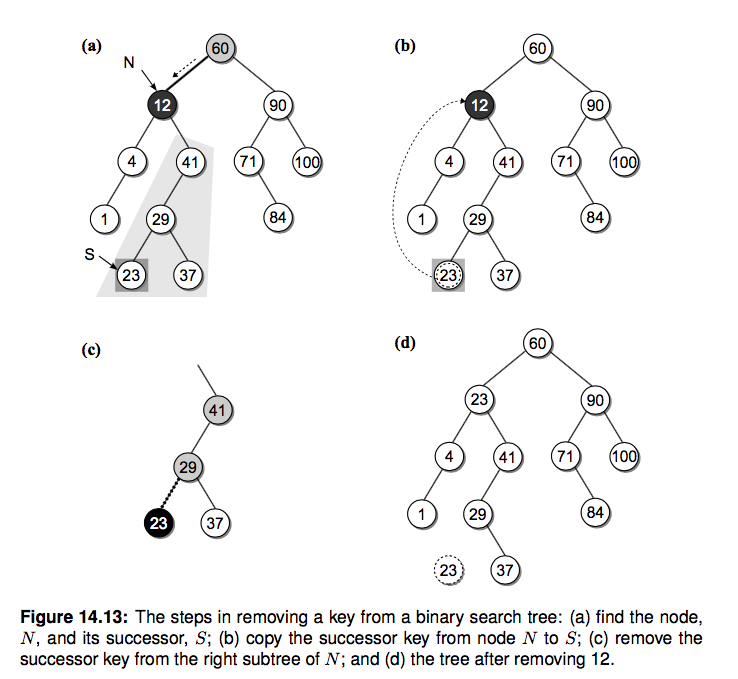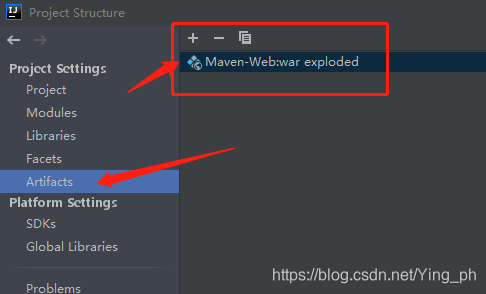代码流程
下图就是全部. 剩下文字部分是细节补充,但是内容不变: bash调用python,用python配置好configuration, 一个cpu每个tick运行一次,requestport发出pkt.
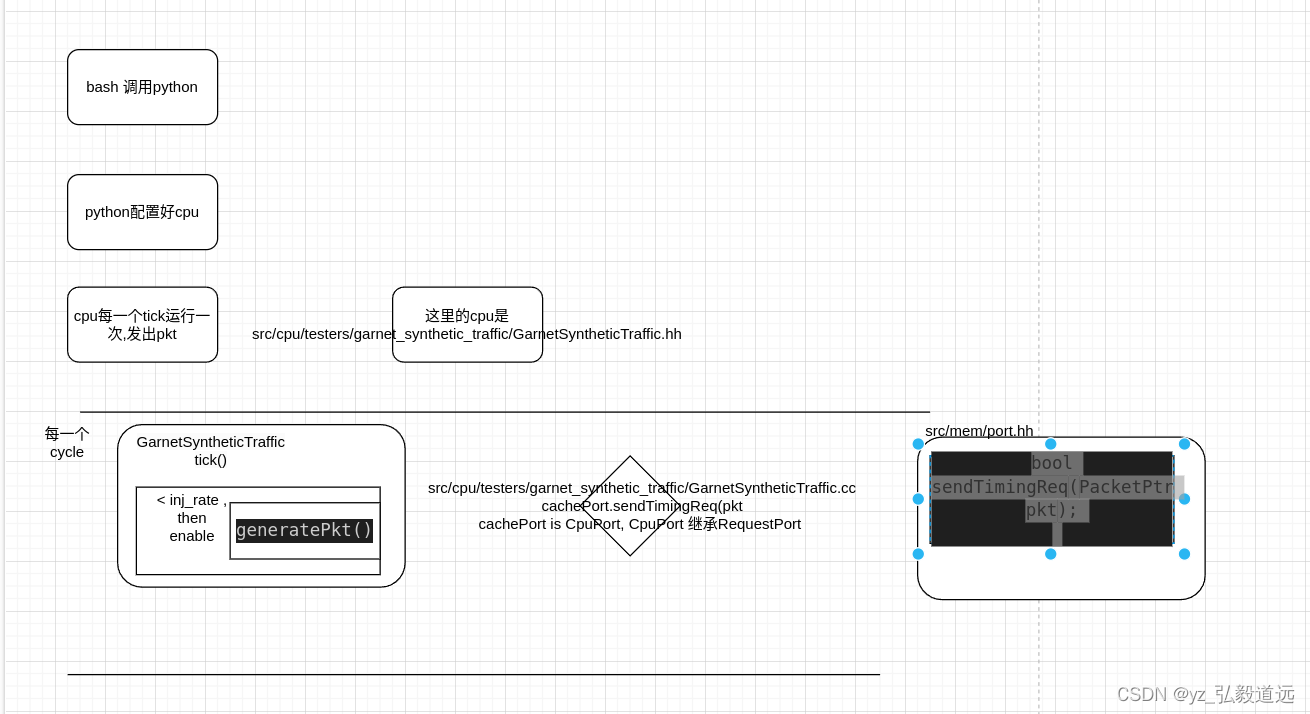
bash 启动 python文件并配置
./build/NULL/gem5.debug configs/example/garnet_synth_traffic.py \--num-cpus=16 \--num-dirs=16 \--network=garnet \--topology=Mesh_XY \--mesh-rows=4 \--sim-cycles=1000000 --inj-vnet=0 \--synthetic=uniform_random \--injectionrate=1 \--single-sender-id=0
代码启动 garnet_synth_traffic.py
代码直接用了 GarnetSyntheticTraffic()函数.
cpus = [GarnetSyntheticTraffic(num_packets_max=args.num_packets_max,single_sender=args.single_sender_id,single_dest=args.single_dest_id,sim_cycles=args.sim_cycles,traffic_type=args.synthetic,inj_rate=args.injectionrate,inj_vnet=args.inj_vnet,precision=args.precision,num_dest=args.num_dirs,)for i in range(args.num_cpus)
]
打印看看cpu类型
for cpu in cpus:print("yzzzzdebugcpus ", cpu.type, m5.curTick(),cpu.inj_rate,cpu.inj_vnet,cpu.num_dest)
可以看到cpu.type是 GarnetSyntheticTraffic.

GarnetSyntheticTraffic()函数来自 src/cpu/testers/garnet_synthetic_traffic/GarnetSyntheticTraffic.py
GarnetSyntheticTraffic.py 代码定义了很多 python 里可以 cpu.num_dest 之类调用的子类.
class GarnetSyntheticTraffic(ClockedObject):type = "GarnetSyntheticTraffic"cxx_header = ("cpu/testers/garnet_synthetic_traffic/GarnetSyntheticTraffic.hh")cxx_class = "gem5::GarnetSyntheticTraffic"block_offset = Param.Int(6, "block offset in bits")num_dest = Param.Int(1, "Number of Destinations")memory_size = Param.Int(65536, "memory size")sim_cycles = Param.Int(1000, "Number of simulation cycles")num_packets_max = Param.Int(-1,"Max number of packets to send. \Default is to keep sending till simulation ends",)single_sender = Param.Int(-1,"Send only from this node. \By default every node sends",)single_dest = Param.Int(-1,"Send only to this dest. \Default depends on traffic_type",)traffic_type = Param.String("uniform_random", "Traffic type")inj_rate = Param.Float(0.1, "Packet injection rate")inj_vnet = Param.Int(-1,"Vnet to inject in. \0 and 1 are 1-flit, 2 is 5-flit. \Default is to inject in all three vnets",)precision = Param.Int(3,"Number of digits of precision \after decimal point",)response_limit = Param.Cycles(5000000,"Cycles before exiting \due to lack of progress",)test = RequestPort("Port to the memory system to test")system = Param.System(Parent.any, "System we belong to")然后cpu变成了system的一部分,system = System(cpu=cpus, mem_ranges=[AddrRange(args.mem_size)])
注意,这里print("\nyzzzzdebugsystem ",system.mem_mode )还是atomic.
system变成了root的一部分 root = Root(full_system=False, system=system)
root.system.mem_mode = “timing” 这里额外设置为timing.
cpp代码 , cpu每一个tick执行一次 tick()
src/cpu/testers/garnet_synthetic_traffic/GarnetSyntheticTraffic.hh // main simulation loop (one cycle)void tick();void
GarnetSyntheticTraffic::tick(){...if (senderEnable)generatePkt();
}void
GarnetSyntheticTraffic::generatePkt()
{...sendPkt(pkt);
}
void
GarnetSyntheticTraffic::sendPkt(PacketPtr pkt)
{if (!cachePort.sendTimingReq(pkt)) {retryPkt = pkt; // RubyPort will retry sending}std::cout<<"coutyzzzzzdebug "<<cachePort<<" "<<simCycles<<" "<<curTick()<< std::endl;numPacketsSent++;
}
tick()变成了 cachePort.sendTimingReq(pkt).
cachePort.sendTimingReq(pkt) 到底是什么
RequestPort发送一次pkt
通过 cacheport->CpuPort->RequestPort, tick()函数调用 generatePkt() 函数,再调用sendTimingReq.
inline bool
RequestPort::sendTimingReq(PacketPtr pkt)
{try {addTrace(pkt);bool succ = TimingRequestProtocol::sendReq(_responsePort, pkt);//下面是我自己加的//std::cout<<"coutdebugyzzzzRequestPort::sendTimingReq "<< succ<<" "<<curTick()<<std::endl;if (!succ)removeTrace(pkt);return succ;} catch (UnboundPortException) {reportUnbound();}
}
我加了一行输出,把这行代码解除注释后,运行的命令行如下:
./build/NULL/gem5.debug configs/example/garnet_synth_traffic.py \--num-cpus=16 \--num-dirs=16 \--network=garnet \--topology=Mesh_XY \--mesh-rows=4 \--sim-cycles=1000000 --inj-vnet=0 \--synthetic=uniform_random \--injectionrate=1 \--single-sender-id=0
跑出来的结果是:
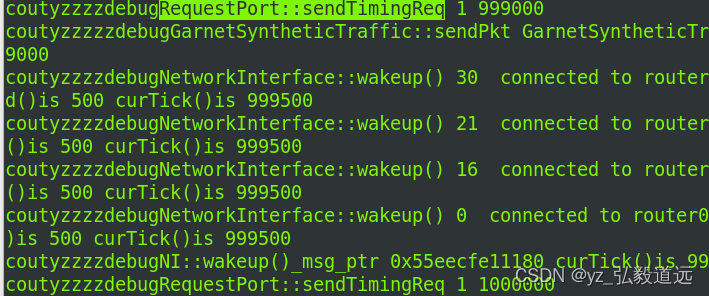
可以看到,每1000 个tick,这个requestport都会发送一个pkt,而且返回的succ是1.
纯虚函数 virtual bool recvTimingReq
下一步, sendReq变成了peer>recvTimingReq(pkt);

我们发现peer->recvTimingReq是一个复杂的部分,因为他是timing.hh里的纯虚函数,是不固定的,除非我们知道派生类是什么.
纯虚函数:
/*** Receive a timing request from the peer.*/virtual bool recvTimingReq(PacketPtr pkt) = 0;
src/mem/ruby/system/RubyPort.cc 的 RubyPort::MemResponsePort::recvTimingReq(PacketPtr pkt)
找到了! 在下方代码加入打印代码,输出的结果验证了,调用的是 RubyPort::MemResponsePort::recvTimingReq(PacketPtr pkt).


其实用vscode搜 recvTimingReq(会有很多cc文件里有例化,大概二三十个吧,给每一个都加上,编译,运行,就可以知道了.
缺点就是这个方法有点笨.
RubyPort::MemResponsePort::recvTimingReq 其实是 submit rubyrequest
bool
RubyPort::MemResponsePort::recvTimingReq(PacketPtr pkt)
{ std::cout<<"debugyzzzwhichrecvTimingReq?src/mem/ruby/system/rubyport.cc/memresponseport"<<std::endl;DPRINTF(RubyPort, "Timing request for address %#x on port %d\n",pkt->getAddr(), id);if (pkt->cacheResponding())panic("RubyPort should never see request with the ""cacheResponding flag set\n");// ruby doesn't support cache maintenance operations at the// moment, as a workaround, we respond right awayif (pkt->req->isCacheMaintenance()) {warn_once("Cache maintenance operations are not supported in Ruby.\n");pkt->makeResponse();schedTimingResp(pkt, curTick());std::cout<<"debugyzzzthisReqIs pkt->req->isCacheMaintenance()"<<std::endl;return true;}// Check for pio requests and directly send them to the dedicated// pio port.if (pkt->cmd != MemCmd::MemSyncReq) {if (!pkt->req->isMemMgmt() && !isPhysMemAddress(pkt)) {assert(owner.memRequestPort.isConnected());DPRINTF(RubyPort, "Request address %#x assumed to be a ""pio address\n", pkt->getAddr());// Save the port in the sender state object to be used later to// route the responsepkt->pushSenderState(new SenderState(this));// send next cycleRubySystem *rs = owner.m_ruby_system;owner.memRequestPort.schedTimingReq(pkt,curTick() + rs->clockPeriod());std::cout<<"debugyzzzthisReqIs pkt->cmd != MemCmd::MemSyncReq"<<std::endl;return true;}}// Save the port in the sender state object to be used later to// route the responsepkt->pushSenderState(new SenderState(this));// Submit the ruby requestRequestStatus requestStatus = owner.makeRequest(pkt);// If the request successfully issued then we should return true.// Otherwise, we need to tell the port to retry at a later point// and return false.if (requestStatus == RequestStatus_Issued) {DPRINTF(RubyPort, "Request %s 0x%x issued\n", pkt->cmdString(),pkt->getAddr());std::cout<<"debugyzzzthisReqIs submit the ruby request"<<std::endl;return true;}// pop off sender state as this request failed to issueSenderState *ss = safe_cast<SenderState *>(pkt->popSenderState());delete ss;if (pkt->cmd != MemCmd::MemSyncReq) {DPRINTF(RubyPort,"Request %s for address %#x did not issue because %s\n",pkt->cmdString(), pkt->getAddr(),RequestStatus_to_string(requestStatus));}addToRetryList();return false;
}

submit rubyrequest 的owener是 rubyport
这里的owener是 RubyPort.

注意下图左边的两个竖线,仔细看,他是在RubyPort的public下面的. 也就是说,rubyPort下定义了class MemResponsePort,还定义了每个RubyPort都有 的makeRequest(). 这里给的虚函数,需要派生类来定义.

直觉告诉我们,sequencer 会有 makeRequest
src/mem/ruby/system/Sequencer.hh
RequestStatus makeRequest(PacketPtr pkt) override;
src/mem/ruby/system/Sequencer.cc
RequestStatus
Sequencer::makeRequest(PacketPtr pkt)
{std::cout<<"debugyzzzz Sequencer::makeRequest "<<endl;// HTM abort signals must be allowed to reach the Sequencer// the same cycle they are issued. They cannot be retried.if ((m_outstanding_count >= m_max_outstanding_requests) &&!pkt->req->isHTMAbort()) {return RequestStatus_BufferFull;}RubyRequestType primary_type = RubyRequestType_NULL;RubyRequestType secondary_type = RubyRequestType_NULL;if (pkt->isLLSC()) {// LL/SC instructions need to be handled carefully by the cache// coherence protocol to ensure they follow the proper semantics. In// particular, by identifying the operations as atomic, the protocol// should understand that migratory sharing optimizations should not// be performed (i.e. a load between the LL and SC should not steal// away exclusive permission).//// The following logic works correctly with the semantics// of armV8 LDEX/STEX instructions.if (pkt->isWrite()) {DPRINTF(RubySequencer, "Issuing SC\n");primary_type = RubyRequestType_Store_Conditional;
#if defined (PROTOCOL_MESI_Three_Level) || defined (PROTOCOL_MESI_Three_Level_HTM)secondary_type = RubyRequestType_Store_Conditional;
#elsesecondary_type = RubyRequestType_ST;
#endif} else {DPRINTF(RubySequencer, "Issuing LL\n");assert(pkt->isRead());primary_type = RubyRequestType_Load_Linked;secondary_type = RubyRequestType_LD;}} else if (pkt->req->isLockedRMW()) {//// x86 locked instructions are translated to store cache coherence// requests because these requests should always be treated as read// exclusive operations and should leverage any migratory sharing// optimization built into the protocol.//if (pkt->isWrite()) {DPRINTF(RubySequencer, "Issuing Locked RMW Write\n");primary_type = RubyRequestType_Locked_RMW_Write;} else {DPRINTF(RubySequencer, "Issuing Locked RMW Read\n");assert(pkt->isRead());primary_type = RubyRequestType_Locked_RMW_Read;}secondary_type = RubyRequestType_ST;} else if (pkt->req->isTlbiCmd()) {primary_type = secondary_type = tlbiCmdToRubyRequestType(pkt);DPRINTF(RubySequencer, "Issuing TLBI\n");} else {//// To support SwapReq, we need to check isWrite() first: a SwapReq// should always be treated like a write, but since a SwapReq implies// both isWrite() and isRead() are true, check isWrite() first here.//if (pkt->isWrite()) {//// Note: M5 packets do not differentiate ST from RMW_Write//primary_type = secondary_type = RubyRequestType_ST;} else if (pkt->isRead()) {// hardware transactional memory commandsif (pkt->req->isHTMCmd()) {primary_type = secondary_type = htmCmdToRubyRequestType(pkt);} else if (pkt->req->isInstFetch()) {primary_type = secondary_type = RubyRequestType_IFETCH;} else {if (pkt->req->isReadModifyWrite()) {primary_type = RubyRequestType_RMW_Read;secondary_type = RubyRequestType_ST;} else {primary_type = secondary_type = RubyRequestType_LD;}}} else if (pkt->isFlush()) {primary_type = secondary_type = RubyRequestType_FLUSH;} else {panic("Unsupported ruby packet type\n");}}// Check if the line is blocked for a Locked_RMWif (!pkt->req->isMemMgmt() &&m_controller->isBlocked(makeLineAddress(pkt->getAddr())) &&(primary_type != RubyRequestType_Locked_RMW_Write)) {// Return that this request's cache line address aliases with// a prior request that locked the cache line. The request cannot// proceed until the cache line is unlocked by a Locked_RMW_Writereturn RequestStatus_Aliased;}RequestStatus status = insertRequest(pkt, primary_type, secondary_type);// It is OK to receive RequestStatus_Aliased, it can be considered Issuedif (status != RequestStatus_Ready && status != RequestStatus_Aliased)return status;// non-aliased with any existing request in the request table, just issue// to the cacheif (status != RequestStatus_Aliased)issueRequest(pkt, secondary_type);// TODO: issue hardware prefetches herereturn RequestStatus_Issued;
}
打印验证了是sequencer发出的makerequest.

核心代码是 insertRequest 把request放入requsttable 和issueRequest 发出一个msg
RequestStatus status = insertRequest(pkt, primary_type, secondary_type);
// Insert the request in the request table. Return RequestStatus_Aliased
// if the entry was already present.
RequestStatus
Sequencer::insertRequest(PacketPtr pkt, RubyRequestType primary_type,RubyRequestType secondary_type)
...
//下面是核心代码,把这个request插入到m_RequestTable里.
Addr line_addr = makeLineAddress(pkt->getAddr());// Check if there is any outstanding request for the same cache line.auto &seq_req_list = m_RequestTable[line_addr];// Create a default entryseq_req_list.emplace_back(pkt, primary_type,secondary_type, curCycle());
...
src/mem/ruby/system/Sequencer.cc issueRequest
void
Sequencer::issueRequest(PacketPtr pkt, RubyRequestType secondary_type)
{assert(pkt != NULL);ContextID proc_id = pkt->req->hasContextId() ?pkt->req->contextId() : InvalidContextID;ContextID core_id = coreId();// If valid, copy the pc to the ruby requestAddr pc = 0;if (pkt->req->hasPC()) {pc = pkt->req->getPC();}// check if the packet has data as for example prefetch and flush// requests do notstd::shared_ptr<RubyRequest> msg;if (pkt->req->isMemMgmt()) {msg = std::make_shared<RubyRequest>(clockEdge(),pc, secondary_type,RubyAccessMode_Supervisor, pkt,proc_id, core_id);DPRINTFR(ProtocolTrace, "%15s %3s %10s%20s %6s>%-6s %s\n",curTick(), m_version, "Seq", "Begin", "", "",RubyRequestType_to_string(secondary_type));if (pkt->req->isTlbiCmd()) {msg->m_isTlbi = true;switch (secondary_type) {case RubyRequestType_TLBI_EXT_SYNC_COMP:msg->m_tlbiTransactionUid = pkt->req->getExtraData();break;case RubyRequestType_TLBI:case RubyRequestType_TLBI_SYNC:msg->m_tlbiTransactionUid = \getCurrentUnaddressedTransactionID();break;default:panic("Unexpected TLBI RubyRequestType");}DPRINTF(RubySequencer, "Issuing TLBI %016x\n",msg->m_tlbiTransactionUid);}} else {msg = std::make_shared<RubyRequest>(clockEdge(), pkt->getAddr(),pkt->getSize(), pc, secondary_type,RubyAccessMode_Supervisor, pkt,PrefetchBit_No, proc_id, core_id);DPRINTFR(ProtocolTrace, "%15s %3s %10s%20s %6s>%-6s %#x %s\n",curTick(), m_version, "Seq", "Begin", "", "",printAddress(msg->getPhysicalAddress()),RubyRequestType_to_string(secondary_type));}// hardware transactional memory// If the request originates in a transaction,// then mark the Ruby message as such.if (pkt->isHtmTransactional()) {msg->m_htmFromTransaction = true;msg->m_htmTransactionUid = pkt->getHtmTransactionUid();}Tick latency = cyclesToTicks(m_controller->mandatoryQueueLatency(secondary_type));assert(latency > 0);assert(m_mandatory_q_ptr != NULL);m_mandatory_q_ptr->enqueue(msg, clockEdge(), latency);
}issueRequst的关键是 m_mandatory_q_ptr->enqueue(msg, clockEdge(), latency);.
m_mandatory_q_ptr 是在父类 src/mem/ruby/system/RubyPort.hh 中定义的 MessageBuffer* m_mandatory_q_ptr;
父类 src/mem/ruby/system/RubyPort.cc 中 RubyPort::init()
m_mandatory_q_ptr = m_controller->getMandatoryQueue();
就这样,自己的sequencer的request pkt,变成msg进入了rubyport 自己的 m_mandatory_q_ptr, 并且与m_controller->getMandatoryQueue()画上了等号.
因为我们查看 m_mandatory_q_ptr的操作很少,我们下面看怎么对msg操作的时候,需要看 getMandatoryQueue()
msg 如何从mandatoryq进入NetworkInterface暂定.
这两个代码也许是线索. src/mem/slicc/symbols/StateMachine.py 中
MessageBuffer*
$c_ident::getMandatoryQueue() const
{return $mq_ident;
}
mq_ident = "NULL"for port in self.in_ports:if port.code.find("mandatoryQueue_ptr") >= 0:mq_ident = "m_mandatoryQueue_ptr"
NI将msg变成flit
核心是 if (flitisizeMessage(msg_ptr, vnet)) ,会把msg变成flit,然后在NoC了里传递.
void
NetworkInterface::wakeup()
{std::ostringstream oss;for (auto &oPort: outPorts) {oss << oPort->routerID() << "[" << oPort->printVnets() << "] ";}DPRINTF(RubyNetwork, "Network Interface %d connected to router:%s ""woke up. Period: %ld\n", m_id, oss.str(), clockPeriod());std::cout<<"coutdebugyzzzz "<<"NetworkInterface::wakeup() "<<m_id<<" connected to router" <<oss.str() <<" clockPeriod()is "<<clockPeriod()<<" curTick()is "<<curTick()<<std::endl;assert(curTick() == clockEdge());MsgPtr msg_ptr;Tick curTime = clockEdge();// Checking for messages coming from the protocol// can pick up a message/cycle for each virtual netfor (int vnet = 0; vnet < inNode_ptr.size(); ++vnet) {MessageBuffer *b = inNode_ptr[vnet];if (b == nullptr) {continue;}if (b->isReady(curTime)) { // Is there a message waitingmsg_ptr = b->peekMsgPtr();std::cout<<"coutdebugyzzzz"<<"NI::wakeup()_msg_ptr "<<msg_ptr.get()<<" curTick()is "<<curTick()<<std::endl;if (flitisizeMessage(msg_ptr, vnet)) {b->dequeue(curTime);}}}
小结
这个博客总结了GEM5里,一个PYTHON文件如何生成pkt,这个pkt如何变成msg的. 以及一个msg如何变成flit的. msg如何从sequencer生成,到被Networkinterface操作有待下一篇完善细节…
下面别看,只是草稿
下面别看,只是草稿
下面别看,只是草稿
下面别看,只是草稿
附录
TimingRequestProtocol 和 TimingResponseProtocol的相应
RequestPort::sendTimingReq 方法尝试通过 TimingRequestProtocol 发送数据包,并处理可能出现的异常。TimingRequestProtocol::sendReq 方法则负责确保请求的有效性,并将请求转发给相应的响应协议(TimingResponseProtocol)进行处理。
流程和继承关系:
consumer.hh 定义了 virtual void wakeup() = 0;
src/mem/ruby/network/garnet/Router.hh 定义了 class Router : public BasicRouter, public Consumer继承了 父类 BasicRouter和 Consumer.
src/mem/ruby/network/garnet/GarnetNetwork.cc (注意,不是.hh) 引用了router.hh #include “mem/ruby/network/garnet/Router.hh”.
consumer.hh
表明 wakeup 是一个必须在派生类中实现的接口函数。
= 0 语法: 这个部分将 wakeup 函数声明为纯虚拟(pure virtual)函数。在 C++ 中,纯虚拟函数是一种特殊类型的虚拟函数,它在基类中没有具体的实现,并且要求任何非抽象的派生类必须提供该函数的实现。
flitize msg
分配vc
首先是要找空闲的vc,有一个封装好的函数会返回:
// Looking for a free output vc
int
NetworkInterface::calculateVC(int vnet)
{for (int i = 0; i < m_vc_per_vnet; i++) {int delta = m_vc_allocator[vnet];m_vc_allocator[vnet]++;if (m_vc_allocator[vnet] == m_vc_per_vnet)m_vc_allocator[vnet] = 0;if (outVcState[(vnet*m_vc_per_vnet) + delta].isInState(IDLE_, curTick())) {vc_busy_counter[vnet] = 0;return ((vnet*m_vc_per_vnet) + delta);}}vc_busy_counter[vnet] += 1;panic_if(vc_busy_counter[vnet] > m_deadlock_threshold,"%s: Possible network deadlock in vnet: %d at time: %llu \n",name(), vnet, curTick());return -1;
}
下面是解读:
函数签名:
int NetworkInterface::calculateVC(int vnet): 这个函数属于 NetworkInterface 类,并返回一个整型值。它接受一个整型参数 vnet,通常代表虚拟网络的标识。
遍历虚拟通道:
for 循环遍历与给定虚拟网络 (vnet) 相关的所有虚拟通道。m_vc_per_vnet 是每个虚拟网络的虚拟通道数。
虚拟通道分配:
循环中的 delta 变量根据 m_vc_allocator[vnet] 的值设置,表示当前虚拟通道的索引偏移。
m_vc_allocator[vnet]++ 更新虚拟通道分配器的值,用于下一次调用此函数时选择不同的虚拟通道。
如果 m_vc_allocator[vnet] 达到 m_vc_per_vnet 的值,它会重置为 0,以循环方式遍历所有虚拟通道。
检查虚拟通道状态:
使用 outVcState[(vnet*m_vc_per_vnet) + delta].isInState(IDLE_, curTick()) 检查当前虚拟通道是否处于空闲(IDLE)状态。如果是空闲状态,函数返回该虚拟通道的索引。
虚拟通道忙碌计数器:
如果所有虚拟通道都不处于空闲状态,vc_busy_counter[vnet] 加一,表示此次调用没有找到空闲的虚拟通道。
如果 vc_busy_counter[vnet] 超过 m_deadlock_threshold 阈值,函数会触发 panic(意味着可能出现网络死锁),并输出错误信息。
返回值:
如果找到空闲的虚拟通道,则返回该通道的索引。
如果没有找到空闲的虚拟通道,则返回 -1,表示当前没有可用的虚拟通道。

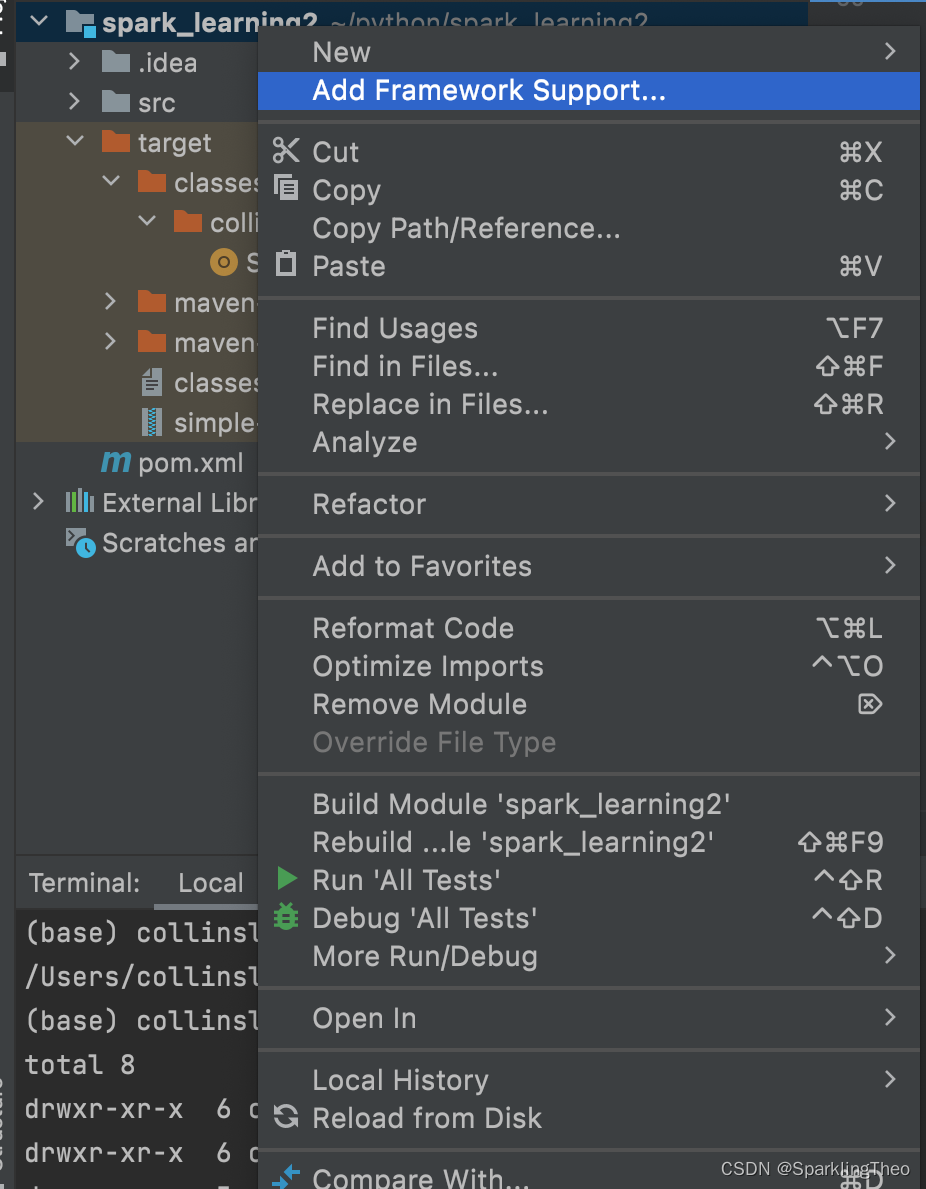



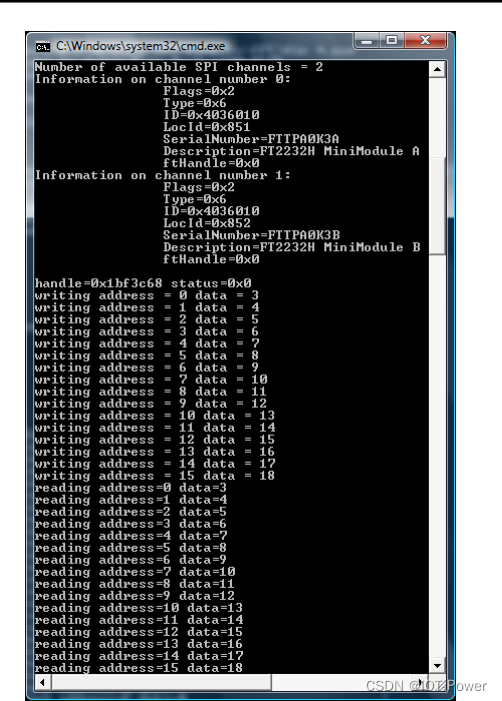
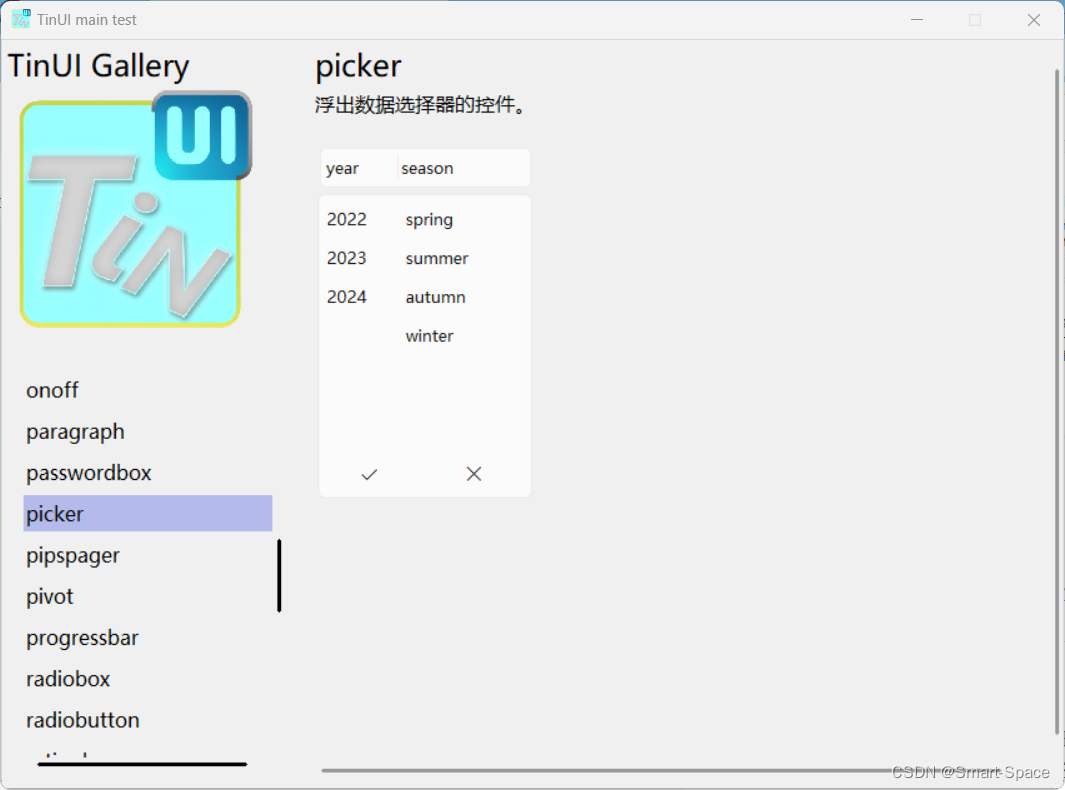


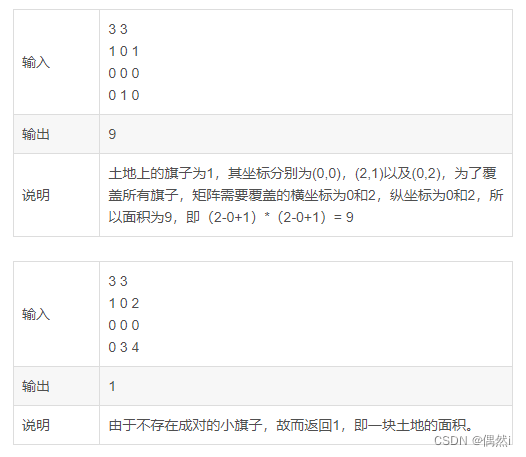


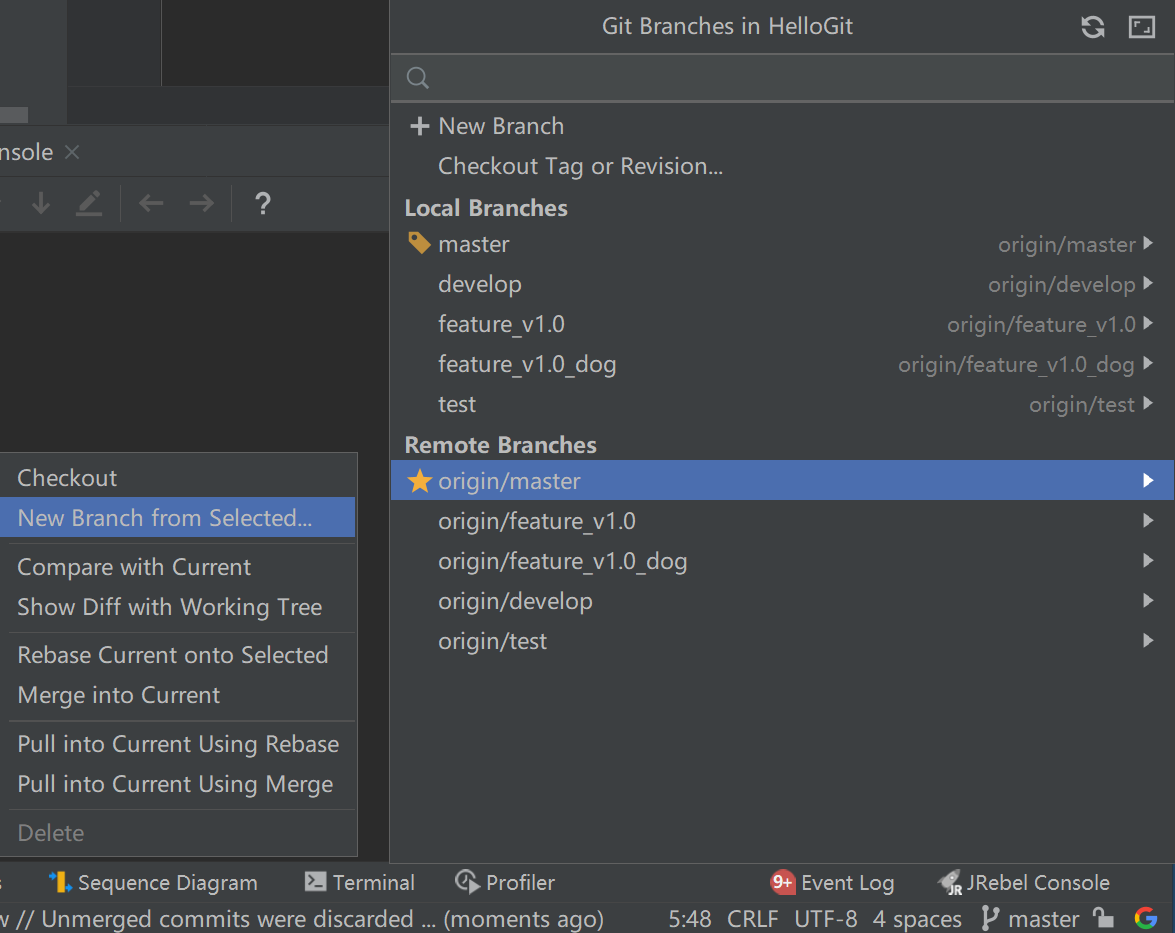

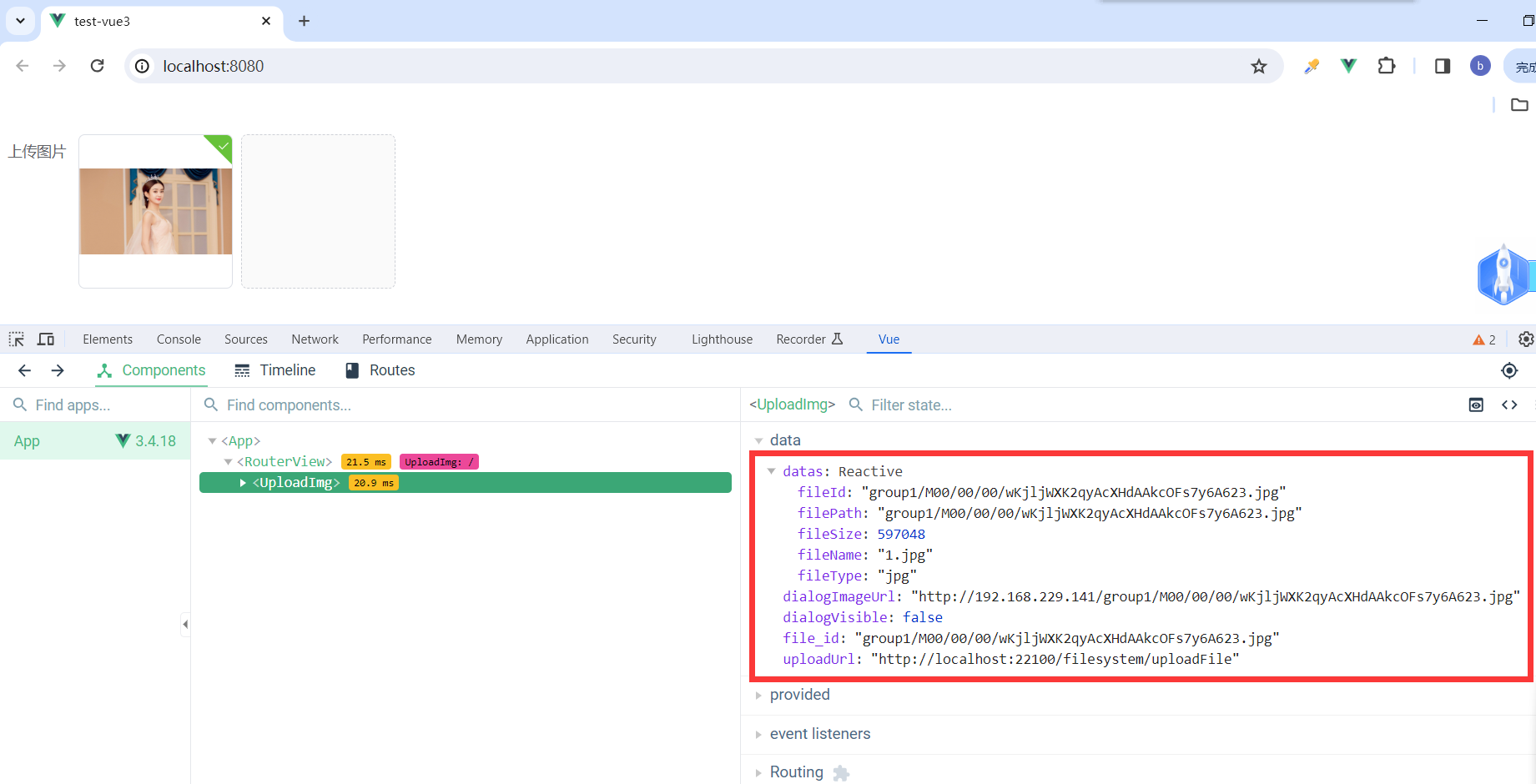
![Linux多线程[二]](https://img-blog.csdnimg.cn/direct/0c69b274bdcb42a88906703d5f948c67.png)

